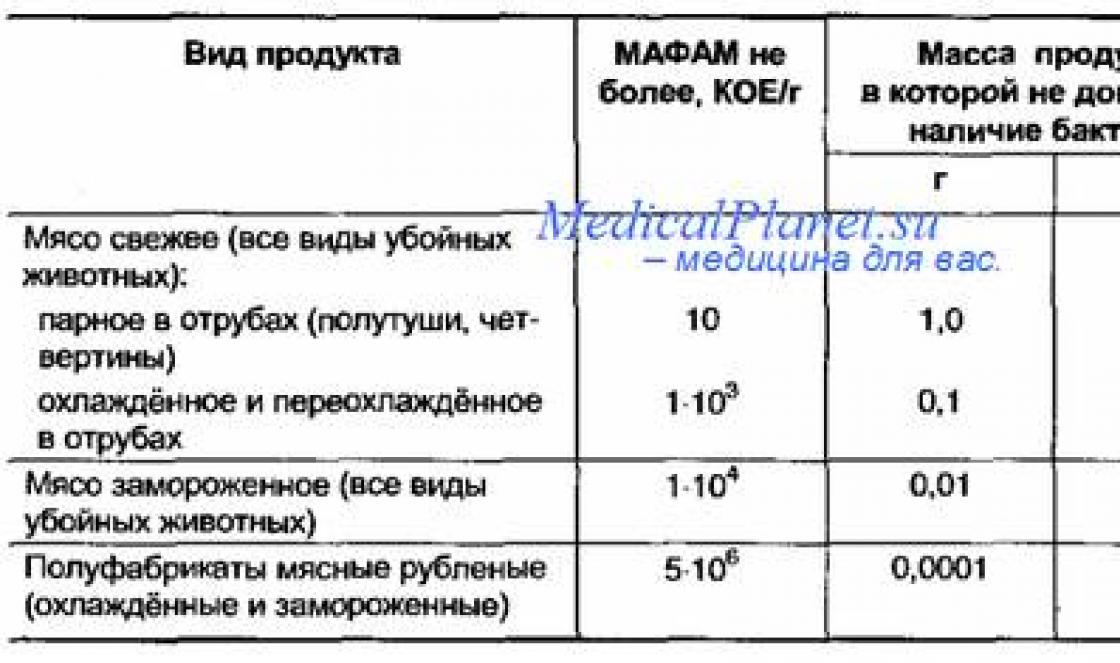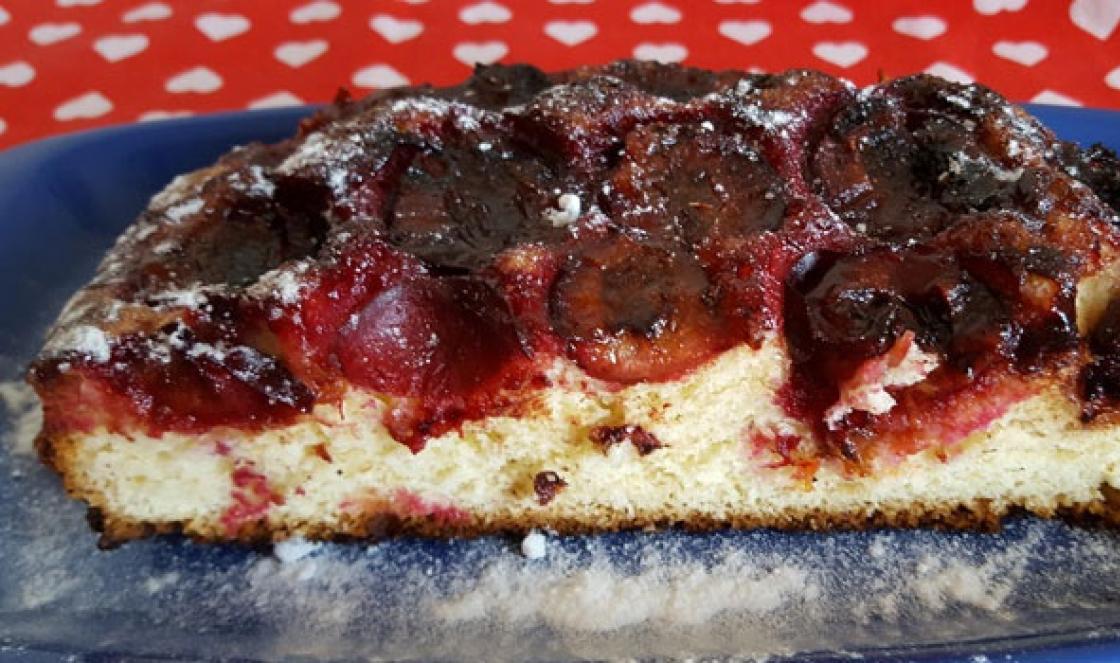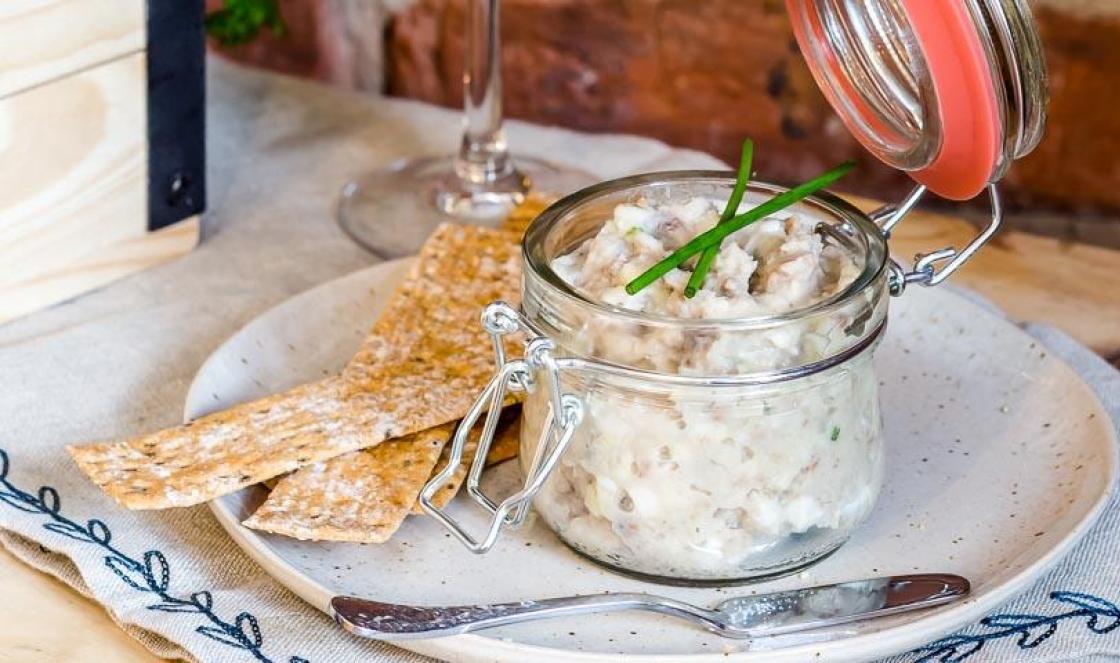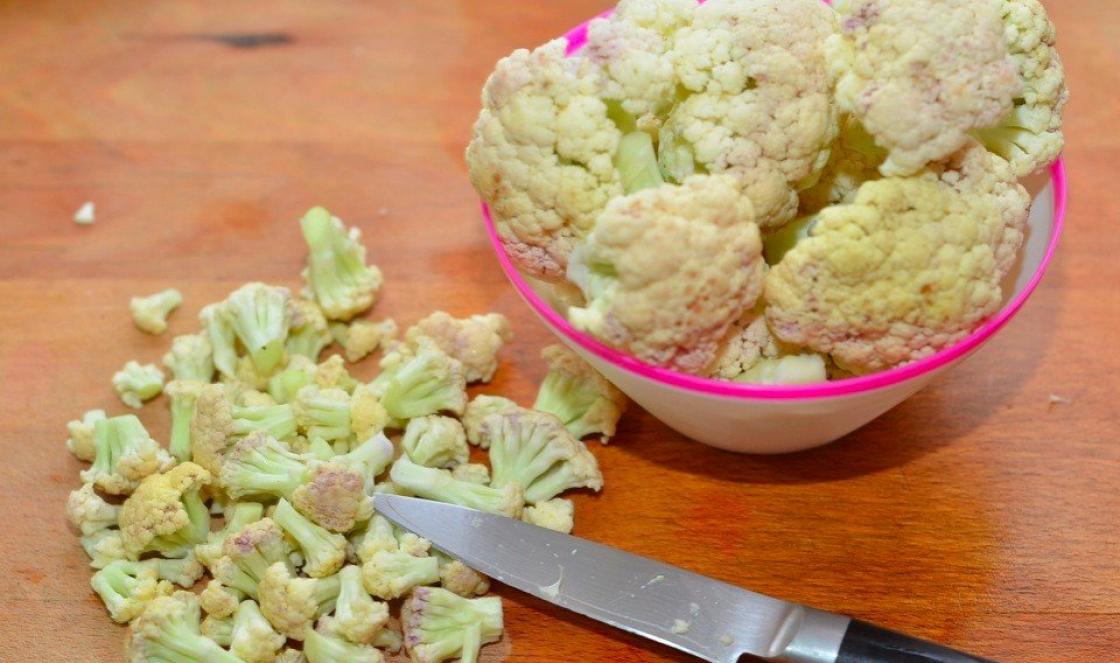The multi-named plant hibiscus (also known as Sudanese rose, rosella, red sorrel, hibiscus) is better known as a raw material for aromatic herbal tea. But the beneficial properties, bright color and unusual taste of drinks made from red petals could not go unnoticed by alcohol makers.
As a result, various variants of tinctures, liqueurs and even wines from hibiscus appeared. Such products are enriched with spices, citrus zest, and mint leaves.
The most popular alcoholic beverages made from Sudanese rose are vodka and moonshine tinctures, which preserve the aroma of fragrant flowers and the nutrients they contain as much as possible.
It is better to use extracts from Thailand as raw materials and take your time with tasting: the longer the infusion, the more intense the color of the alcohol.
Rosella tincture “Refreshing”
The product relaxes well, eliminates fatigue, and gives strength. If it turns out too sour, it should be diluted with sweet syrup (2 tablespoons of sugar per 1 glass of hot water). Mint can be replaced or supplemented with vanilla (3-4 g), and citrus peel can be taken from several types at once. It is recommended to store the finished drink in the dark for no more than 1 year.
Ingredients
Vodka – 0.8 l
Lemon/lime/orange – 1–2 pcs.
Hibiscus – 3 tbsp. l.
Mint – 2-3 sprigs
Cooking method
Remove the top layer of peel from the lemon, mix the zest with flower petals.
Place the mixture in a glass container, add vodka, add mint, and shake well.
Seal the vessel and leave in the dark for 3-4 weeks.
Strain through a gauze filter and refrigerate for 1–3 months.
Express tincture “Pharaoh”
An accelerated version of the drink, suitable for making cocktails or drinking neat.
Ingredients
Vodka – ½ l
Hibiscus – 1 tbsp. l.
Orange/tangerine – 1 pc.
Honey - to taste
Cooking method
Remove the citrus zest and add it to the vodka along with the hibiscus petals.
Mix the mixture well, seal the container tightly, and keep it cool and dark for 6 days.
Pass the infusion through a filter, sweeten with honey, and taste.
Hibiscus tincture with ginger
A pleasant, slightly spicy drink that is easy to prepare, easy to drink and helps with the first signs of a cold. Long-term storage is not recommended (maximum 1 year). The syrup should be chosen at your own discretion; you will need about half a glass per 1 liter of tincture. You can do without sweetening.
Ingredients
Vodka/moonshine/diluted alcohol – ½ l
Hibiscus – 2 tbsp. l.
Ginger root – 20 g
Fruit syrup - to taste
Cooking method
Peel the ginger, chop finely and place in a suitable glass container.
Add hibiscus crushed in a coffee grinder to the ginger mass, pour alcohol into the mass.
Seal the container and leave it in the dark and cool for 3 days, shaking the contents daily.
Pass the infusion through a gauze or cotton filter, sweeten with syrup, and pour into a clean bottle.
Keep in a cool place for at least 2 weeks, store in the dark.
Rosella, Sudanese rose, red tea, red sorrel, okra, hibiscus, kandahar, Venice mallow and finally hibiscus. This drink and the flower from which it is prepared have a huge number of names, a centuries-old culinary history, and now also an alcoholic future. Meet hibiscus tinctures and liqueurs - drinks with a thousand names!
Liqueur "Citrus hibiscus"
The aromatic astringency of hibiscus harmonizes very well with citrus fruits, so they try to add their zest to almost all homemade alcoholic drinks made from hibiscus.
Rinse all citrus fruits well, pour boiling water over them and rub with a hard towel. Then remove the zest and finely chop it. In a jar of suitable size, mix hibiscus, zest and vodka, mix well. Close the jar tightly and leave in a cool, dark place for 3 to 5 days, until the liquid acquires a bright citrus flavor and aroma. Pour the infusion through a sieve, do not squeeze, filter through cotton wool or coffee filters if necessary. Sweeten with syrup to taste, bottle and store in a dark cupboard for up to 1 year. Leave for at least 2 weeks before tasting. Liqueur can be used in cocktails instead of a traditional sour mix.
Hibiscus tincture with ginger
A popular drink among Russian-speaking moonshiners. It’s simple and quick to prepare, easy to drink and easy to drink. Not suitable for long-term storage, but this can hardly be called a minus of the recipe. Do you like heat in your drinks? Then I advise you to prepare others.
Peel and finely chop the ginger (actually, choose the quantity according to your taste, but to have something to start from, start with 3 small plates). Mix all ingredients except syrup in a jar of suitable size, close the jar tightly and leave in a dark, cool place for 3 days. Mix the contents of the jar with vigorous shaking a couple of times a day. Strain the infusion through a sieve or several layers of gauze, add syrup to taste (up to 100 ml per 1 liter of drink), pour into a clean bottle and store. You can filter before doing this. Let sit for at least 2 weeks before serving. In the future, experiment with the amount of hibiscus and ginger. Store for no more than 1 year (better even up to 6 months) in a dark closet.
The fact that wine is most often made from grapes is no secret. But it turns out that this wonderful drink can be obtained by processing grape leaves. And the result will be no worse than the usual product.
RULES FOR PREPARING WINE FROM GRAPE LEAVES
If you decide to make your own wine from grape leaves, then you need to strictly follow the rules for its preparation so that the resulting drink does not disappoint you.
All stages of preparation are very important, and it is important to follow all stages of the production of this drink:
Font-size:18px;"> As you can see, following these tips is not difficult at all. And if you wish, at home you can make wonderful wine from grape leaves, which will delight you with a delicate aroma and a light apple flavor.
From the presented recipes you will learn how to make your own not only white wine, but also rose. You can also surprise your guests with wine from the Champagne region.
WINE RECIPES FROM GRAPE LEAVES
To make white wine, we need the following ingredients:
Font-size:18px;"> Now let's move on to preparing the wine. First, boil water and add grape leaves to it. Now remove the pan from the stove, wrap it in a blanket and leave for 72 hours. When three days have passed, you need to strain this liquid. Pour sugar and raisins into the product, cleared of leaves, and add a drop of ammonia. Stir the future wine well and wait another 10 days. During this time, the mixture will actively ferment and foam will appear on the surface. Don’t forget to taste the drink - it should be sweet (if the sweetness is not enough, then you need to add more sugar).
target="_blank">http://provinograd.com/wp-content/uploads/2016/12/...vinogradnyh-listev-768x480.jpg 768w, http://provinograd.com/wp-content/uploads/ 2016/12/...inogradnyh-listev-1024x640.jpg 1024w" width="259" />
When you see that the foam has disappeared, it’s time to pour the future wine along with the sediment into smaller containers (it’s better to take cans). When the fermentation process is complete, the liquid will become transparent and the sediment will settle to the bottom. Now you can pour the liquid into bottles (made of plastic) and release the accumulated gas from them every day. Then the wine needs to be poured from one container to another three times to get rid of sediment, and poured into glass bottles.
If you want your table to be decorated with a bottle of aromatic rose wine, then you need to add some raspberries to the recipe. When you leave the pot with the leaves for three days, mash some raspberries and let them ferment. Once you have strained the liquid from the leaves, add the fermented raspberries and continue with the recipe.
CHAMPAGNE FROM GRAPE LEAVES
Try making champagne from grape leaves. This recipe is not much more complicated, but the resulting drink is very similar to sparkling wine. For it we will need:
Font-size:18px;"> The cooking recipe absolutely coincides with the stages of white wine production. However, when you fill the bottles with wort, you need to put a kind of rubber barrier on the necks and make a couple of holes in it with a needle. After five days, making sure that there is no foam on the surface, add yeast or crushed grapes. When a month has passed, the wine is bottled and waited for about four more months.
Having prepared such an original homemade wine, you will be pleasantly surprised by its excellent taste and aroma.
Homemade wine from hibiscus tea, this invigorating drink made from Sudanese rose petals surprises even seasoned gourmets, and yet it is not difficult to make if you have a detailed recipe. Tart, sour hibiscus tea, sometimes called red tea, is made from hibiscus petals, which give the finished drink a rich ruby color.
Recipe for making wine from hibiscus tea
Recipe:
- boiled, settled water – 3 liters;
- hibiscus tea – 50 grams;
- granulated sugar - half a kilo;
- black raisins - 1 cup;
- lemon zest – 50 grams;
- dry yeast – 10 grams.
Prepare the wine base:
- Place hibiscus tea in a suitable pan;
- fill with boiling, pre-settled water;
- leave the base for 3 hours.
During this time, all extractive substances will pass from the petals directly into the infusion, which will cool down in the meantime and will have the required room temperature. After that:
- filter the resulting infusion, removing the petals from the liquid;
- add lemon zest;
- Add granulated sugar to the resulting dough;
- mix it thoroughly until completely dissolved;
- we put the future wine aside;
- pass unwashed raisins through a meat grinder;
- crushed raisins are also added to the future wine;
- All that remains is to add yeast to the solution;
- Pour the contents of the pan into a 10-liter glass bottle.
So, we have prepared the wine material, but before sending it for fermentation, it should be properly sealed. To do this, we use a water seal, which can be purchased at any hardware store. As an emergency measure, you can use a latex glove with a hole previously made in the finger.

Now the future divine nectar must ferment. Since ready-made yeast is introduced into the wine material, fermentation processes will proceed quickly; fermentation will end in a week. Of course, to do this, the vessel with wine should be placed in a warm place. Upon completion of fermentation:
- drain the wine from the sediment, pouring it into a dry prepared container without touching the sediment;
- We seal the new container with a ground stopper;
- let's put it in a cool, dark place for a month and a half so that the wine matures;
- after a month and a half, the finished young wine is bottled;
- We place them in a cool place for permanent storage.
Delicious homemade wine from hibiscus tea - ready!
Where to start.
Update from 07.07.14
You need to start by reading the general principles:
Fruit and berry wine general principles
It is necessary to immediately attend to the container where fermentation will take place. You need to put at least 10 liters, because otherwise, the yield of the finished product will be very small, some will go away when pouring, some will spill, etc. I use 25 liter plastic containers for storing drinking water. Previously I used a 19 liter glass medical bottle. Naturally, I broke the bottle, and I can also say that it is extremely inconvenient to use due to the narrow neck.
There is an opinion that plastic spoils water/wine/must, this opinion is erroneous, because wine made from glass is no different from wine made from plastic, and this is a fact verified by experiment. Although I age my wine in glass - because it’s more beautiful this way!
Another myth is the use of a water seal. I believe that it is not needed at all, and I do not use it. During the fermentation process, especially its early stages, carbon dioxide is released. So this gas displaces everything, and the wort does not come into contact with the environment. In my 25-litre containers, I just screw the lid on loosely and that's it. After vigorous fermentation ends, the lid is screwed on tightly enough. The cap is periodically unscrewed to relieve pressure. But after fermentation is complete, you can’t yawn! You need to pour the young wine into containers where storage will take place, and here you need to seal it tightly. Although my experience shows that if the wine turns out good, it is drunk very quickly, and it doesn’t come to aging)))
The next important point is yeast. Only wine ones!!! No bakeries or beer bars. Without going into tediousness: wine yeast can be wild or cultivated. Wild ones are found in raisins, and cultivated ones are bought for money, for example here http://www.vinodelie.com/ingred.htm (bought, used - normal).
Sourdough with wild yeast is made like this. We take raisins, wash them, put them in a jar and fill them with water at room temperature, add sugar and mix the whole thing, then cover them with a cloth and forget about them for 3 days. After three days, the raisins are usually actively fermenting - the sourdough is ready! There are raisins that have been treated with something terrible, but such raisins do not want to ferment! I don’t know how to distinguish the right raisins from the wrong ones, so I won’t be able to get smart about this topic...
Recipe for raisin and hibiscus wine.
I want to say right away that you shouldn’t expect anything special from it, it will turn out to be a pleasant dessert wine.
You will need a 10 liter container. 1 kg of raisins, a handful of hibiscus, 3 kg of sugar.
Wash the raisins thoroughly. We pour it into a jar, pour 1 kg of sugar into it, fill it with water so that the sugar dissolves, close the jar with a cloth and put it in a warm place for 2-3 days. When the raisins begin to ferment (day 2), boil water in a saucepan, and when the water boils, add hibiscus. After the infusion has cooled to room temperature, and provided that the raisins are actively fermenting, strain the hibiscus infusion into a jar of raisins, add the rest of the sugar and mix everything until the sugar is completely dissolved, add water until the jar is full. Screw the lid loosely and place it in a dark place at room temperature. In general, that's all.
This whole thing will ferment for several months. When fermentation is over (bubbles stop forming), the wine must be carefully (without raising the sediment) into another container. For overflow I use a silicone hose. Next you need to wait for the wine to clear. This process is accompanied by sedimentation, and once every 10 days you need to pour the wine into another container. In general, 2-3 transfusions are enough when the cloudiness disappears from the wine.
The result is a pleasant drink with a small degree. I soured it a little more by adding tartaric acid. We put it in the refrigerator and drink a glass before eating)))
You can improve the drink by replacing sugar with honey and adding spices (I think ginger would fit in).
Although, to be honest, I expected a completely different taste from hibiscus, and overall I didn’t like the result...




